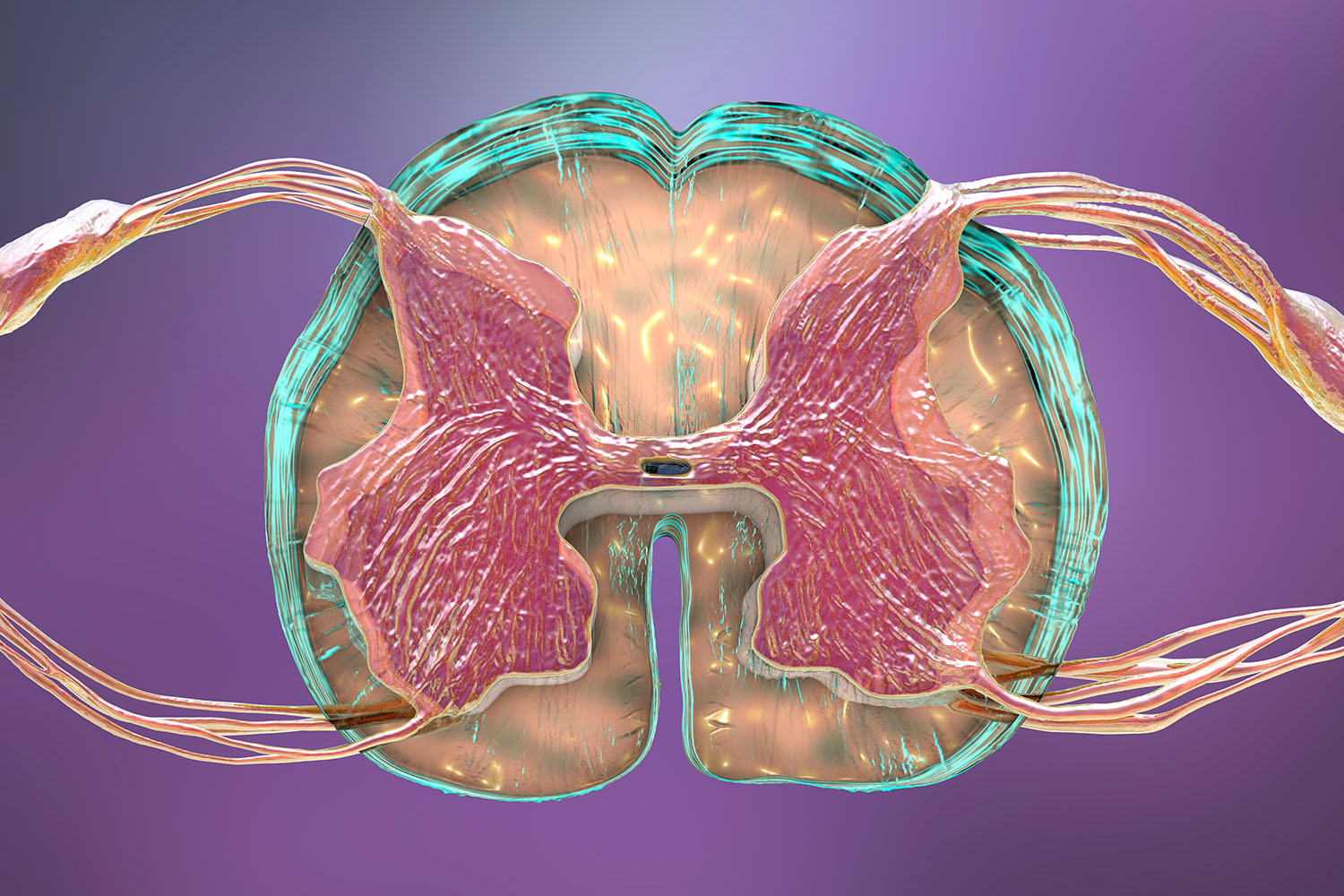Overview
The human nervous system is an intricate network that processes a myriad of sensory inputs from our environment. One crucial component of this system is the dorsal root ganglion (DRG), a cluster of nerve cell bodies (neurons) in the dorsal root of the spinal nerve. Located in the vertebral column, the DRG plays a pivotal role in transmitting sensory information from the periphery to the central nervous system.
Anatomy and Function
The dorsal root ganglion contains the cell bodies of sensory neurons. These neurons have a unique structure: they are pseudo-unipolar, meaning each neuron has a single axon that splits into two branches. One branch extends to the periphery, collecting sensory data from the skin, muscles, and joints, while the other branch transmits this information to the spinal cord.
The DRG is responsible for processing various types of sensory information, including touch, pain, temperature, and proprioception (the sense of body position and movement). When a sensory receptor in the periphery is stimulated, it sends an electrical signal along the peripheral branch of the sensory neuron. This signal travels to the DRG, where it is relayed to the spinal cord and subsequently to the brain for interpretation.
International Research on the Dorsal Root Ganglion
Research on the dorsal root ganglion is extensive and ongoing, with significant contributions from scientists worldwide. Here are some notable findings:
- Pain Mechanisms: Chronic pain conditions, such as neuropathic pain, are often linked to dysfunction in the DRG. Researchers at the University of California, San Francisco, have discovered that inflammation and injury can lead to hyperactivity in DRG neurons, contributing to persistent pain states. This research has paved the way for new pain management strategies targeting the DRG.
- Gene Expression: Studies conducted by the University of Cambridge have examined the gene expression profiles of DRG neurons. By understanding which genes are upregulated or downregulated in response to injury, scientists can identify potential targets for therapeutic intervention. This research is crucial for developing treatments for nerve injuries and neurodegenerative diseases.
- Cellular Mechanisms: Research from Kyoto University in Japan has focused on the cellular mechanisms within the DRG that contribute to sensory signal transmission. By studying ion channels and receptors in DRG neurons, scientists have gained insights into how these cells respond to different stimuli. This knowledge is vital for developing drugs that modulate sensory neuron activity.
- Stem Cell Research: Researchers at the Karolinska Institute in Sweden are exploring the potential of stem cell therapy to repair damaged DRG neurons. By differentiating stem cells into sensory neurons and implanting them into animal models of nerve injury, they aim to restore normal sensory function. This research holds promise for treating a variety of sensory disorders.
Clinical Implications
Understanding the dorsal root ganglion’s function and pathology is essential for developing treatments for sensory disorders. Conditions such as sciatica, shingles, and diabetic neuropathy involve DRG dysfunction. For instance, in shingles, the varicella-zoster virus reactivates in the DRG, causing severe pain and nerve damage. Antiviral treatments targeting this virus within the DRG can mitigate these effects.
Furthermore, advancements in neuromodulation techniques, such as spinal cord stimulation and DRG stimulation, offer new avenues for pain relief. DRG stimulation, in particular, has shown promise in managing chronic pain by directly targeting the DRG and modulating its activity to reduce pain signals.
The dorsal root ganglion is a vital component of the sensory nervous system, serving as a gateway for sensory information to reach the brain. International research continues to unravel the complexities of the DRG, offering new insights into pain mechanisms, gene expression, cellular function, and potential therapies. As our understanding deepens, so does the potential for innovative treatments that can improve the quality of life for individuals with sensory disorders.
The ongoing exploration of the dorsal root ganglion underscores the importance of this small but mighty structure in maintaining sensory health and addressing neurological challenges.



